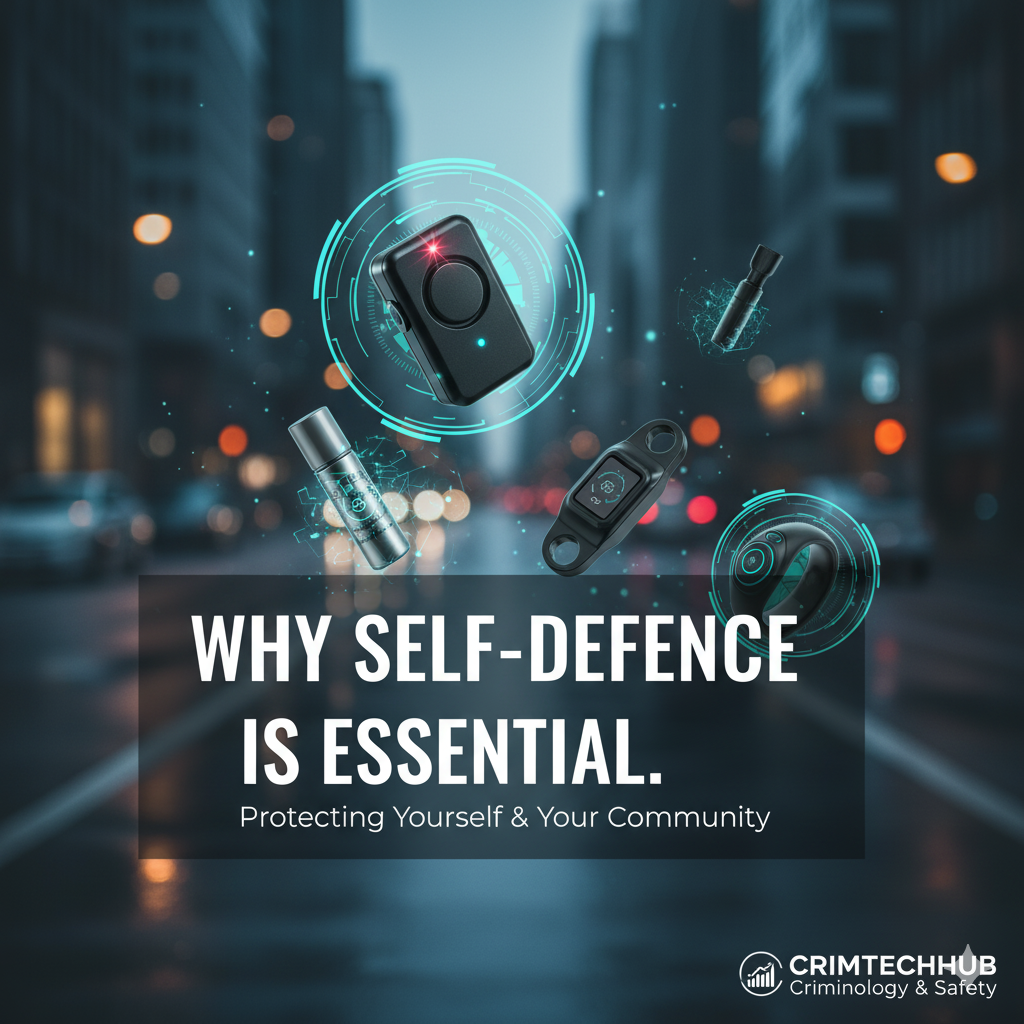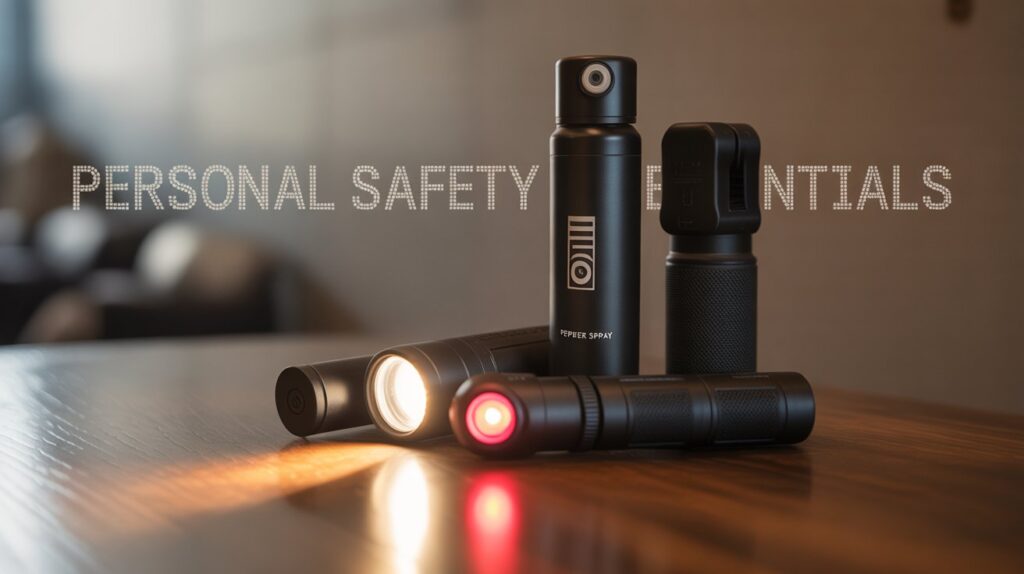
Introduction to Self-Defence
Self-defence is more than just a set of physical techniques. It’s about awareness, prevention, and preparation. In today’s unpredictable world, knowing how to defend yourself gives you confidence, safety, and peace of mind. Whether you’re walking home late at night, travelling abroad, or dealing with aggressive behaviour, self-defence can be the difference between danger and safety.
Self Defence Mastery is about more than learning moves—it’s about developing the mindset and skills to stay calm and in control when it matters most. By understanding your surroundings, recognizing potential threats, and reacting wisely, you build the confidence to protect yourself anywhere, anytime.
Table of Contents
Why Self-Defence is Essential in Modern Life
Crime rates, social conflicts, and unpredictable encounters have made self-defence a necessity, not a luxury. It’s not just about fighting—it’s about protecting your personal space, avoiding danger, and creating a safe environment for yourself and your loved ones.
Some key reasons include:
- Street harassment and assaults are on the rise.
- Increased need for personal confidence.
- Empowerment and independence.
- Safety while travelling.
1. Building Situational Awareness
Understanding Your Surroundings
Most threats can be avoided by simply being aware. Walk confidently, avoid distractions like loud music in both ears, and scan your environment regularly.
Recognising Suspicious Behaviour
Trust your instincts. If a person’s behaviour seems unusual or makes you uncomfortable, trust your instincts. Notice body language, unusual movement patterns, or someone following you.
2. Basic Self-Defence Techniques Everyone Should Know
Defensive Stance
A solid stance is your foundation. Stand with feet shoulder-width apart, hands up to protect your face, and knees slightly bent.
Palm Strike & Elbow Strike
- Palm strike: Target the nose or chin.
- Elbow strike: Best used at close range, powerful against attackers.
Escaping Wrist Grabs
A simple but effective technique—rotate your wrist towards the attacker’s thumb and pull sharply to break free.
3. Psychological Aspects of Self-Defence
Staying Calm Under Pressure
Panicking clouds judgement. Practise breathing exercises and visualise safe outcomes.
The Power of Confidence
Attackers often target those who appear weak. Walk tall, make eye contact, and project strength.
4. Everyday Objects as Weapons
Keys, pens, and bags are tools.
Your keychain can double as a striking tool, while pens can be used for jabbing. Even a bag swung with force can disorient an attacker.
Improvised Defence with Clothing
A scarf, belt, or jacket can be used to block strikes, entangle arms, or create distance.

5. Martial Arts for Self-Defence
Karate and Taekwondo
These focus on strikes, kicks, and discipline.
Brazilian Jiu-Jitsu
Excellent for ground defence, grappling, and leverage-based escapes.
Krav Maga
Designed for real-world combat, focusing on survival over style.
6. The Role of Fitness in Self-Defence
Strength, agility, and endurance improve your ability to react effectively. Simple fitness routines—push-ups, jogging, and core exercises—can make a big difference.
7. Self-Defence for Women
Women often face unique threats such as harassment or assault. Programmes designed specifically for women empower them with practical techniques like:
- Targeting vulnerable areas.
- Learning escape strategies.
- Using voice commands to deter attackers.
8. Self-Defence for Children
Teaching children self-defence boosts confidence and reduces bullying. Key lessons include:
- Saying “No” firmly.
- Running to safety.
- Informing trusted adults.
9. Legal Considerations of Self-Defence
Every country has laws defining reasonable force. Before applying physical defence, know your legal rights. Overusing force may lead to legal consequences. (Check resources like FindLaw).
10. Avoiding Dangerous Situations Before They Escalate
The best self-defence is avoidance. Trust intuition, avoid dark alleys, stay in groups, and don’t engage in unnecessary arguments.
11. Using Technology for Personal Safety
- Safety apps with GPS tracking.
- Emergency alert buttons.
- Portable alarms or smartwatches with SOS features.
12. Self-Defence in Public Transport
Stay alert at bus stops, train stations, or ride-sharing vehicles. Keep valuables hidden, sit near exits, and avoid isolated spots.
13. Home Defence Strategies
- Secure locks and alarm systems.
- Motion-sensor lighting.
- Safe rooms and escape plans.
14. Travel Safety and Self-Defence Abroad
Research local safety concerns, avoid risky neighbourhoods, and keep emergency numbers handy. Travel with copies of important documents.
15. Continuous Learning and Training
Self-defence is not a one-time lesson. Enrol in classes, practise regularly, and refresh your knowledge.

FAQs
1. What’s the easiest self-defence move for beginners?
The palm strike—easy to learn, effective, and powerful.
2. Can I use pepper spray legally?
It depends on your country’s laws. Always check local regulations.
3. Do I need martial arts training to defend myself?
No, but training improves skills and confidence significantly.
4. How can kids learn self-defence safely?
Through fun-based classes that focus on awareness, discipline, and safe escapes.
5. Is running away a good self-defence strategy?
Yes, escaping danger is often the best option.
6. How often should I practise self-defence?
At least once a month to keep reflexes sharp.
Conclusion
Self-defence is a life skill everyone should develop. From awareness and mindset to physical techniques and legal understanding, it empowers you to live confidently and safely. Remember, the goal isn’t to fight—it’s to protect yourself and escape danger. Stay prepared, stay confident, and keep learning.





